-

visamminol-3′-O- glucoside
Purpose
(2 ‘- 4′ – O)- β- D-tetrafluorourea – (1) → 6) – O- β- D-glucopyranoside is a kind of chromone glycoside, which can be separated from Fangfeng root (2 ‘- 4′ – O)- β- D-arylurea – (1 → 6) – O- β- D-glucopyranosyl visamminol showed weak anticancer activity in human cancer cell lines [1].
-
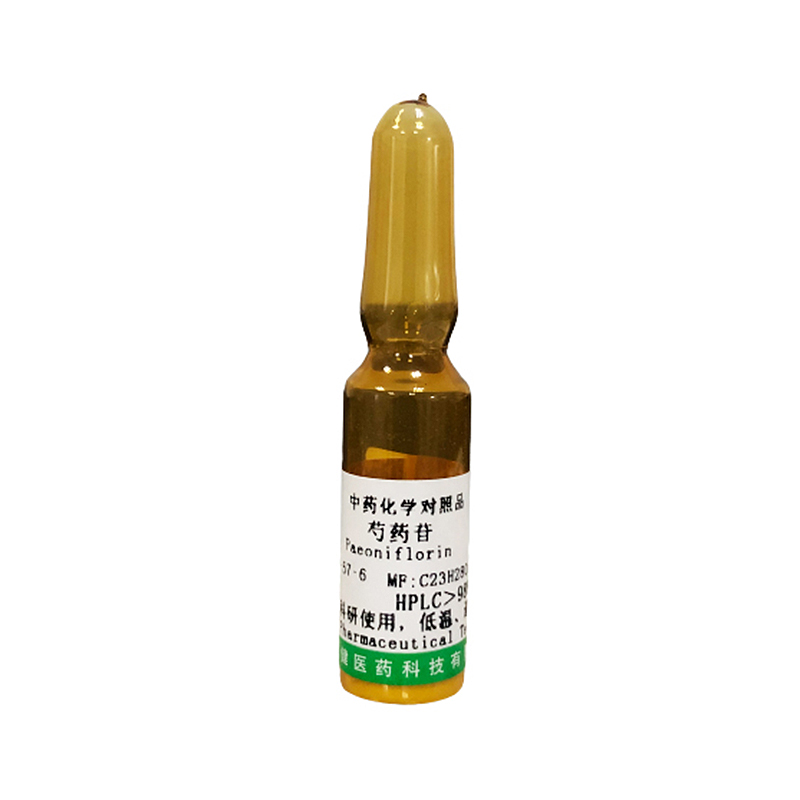
Paeoniflorin CAS No. 23180-57-6
Paeoniflorin comes from Paeonia root, peony root and purple peony root of Paeoniaceae. Paeoniflorin has low toxicity and no obvious adverse reactions under normal conditions.
English Name: Paeoniflorin
Molecular Weight: 480.45
External Appearance: yellowish brown powder
Science Department: biology
Field: Life Science
-
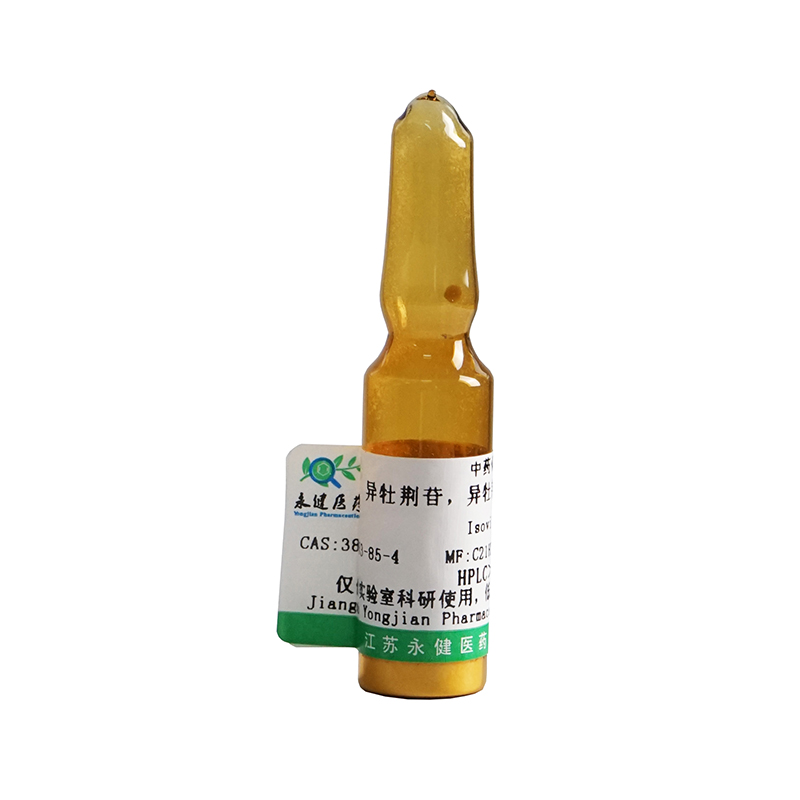
Isovitexin; Saponaretin; Homovitexin CAS No. 29702-25-8
Isovitexin generally refers to isovitexin
Isovitexin, a chemical with the molecular formula c21h20o10, is used as an antitumor compound.
Drug name: isovitexin other name: isovitexin foreign name: isovitexin nature: yellow dry powder
-
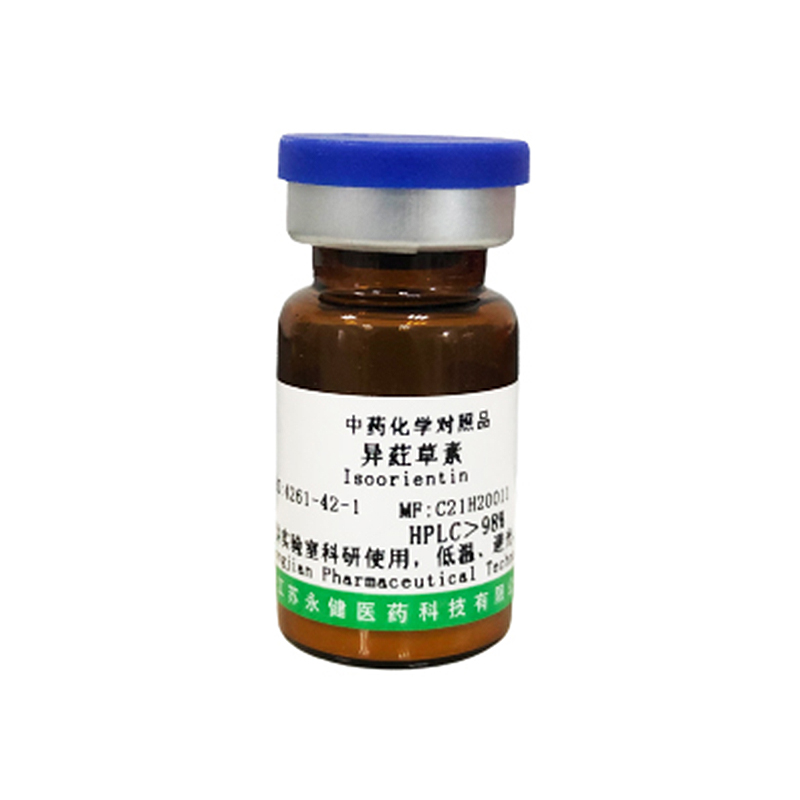
Isoorientin; Homoorientin CAS No. 4261-42-1
Isoorientin is a kind of oxalin chemical substance, and its molecular formula is C21H20O11.
-
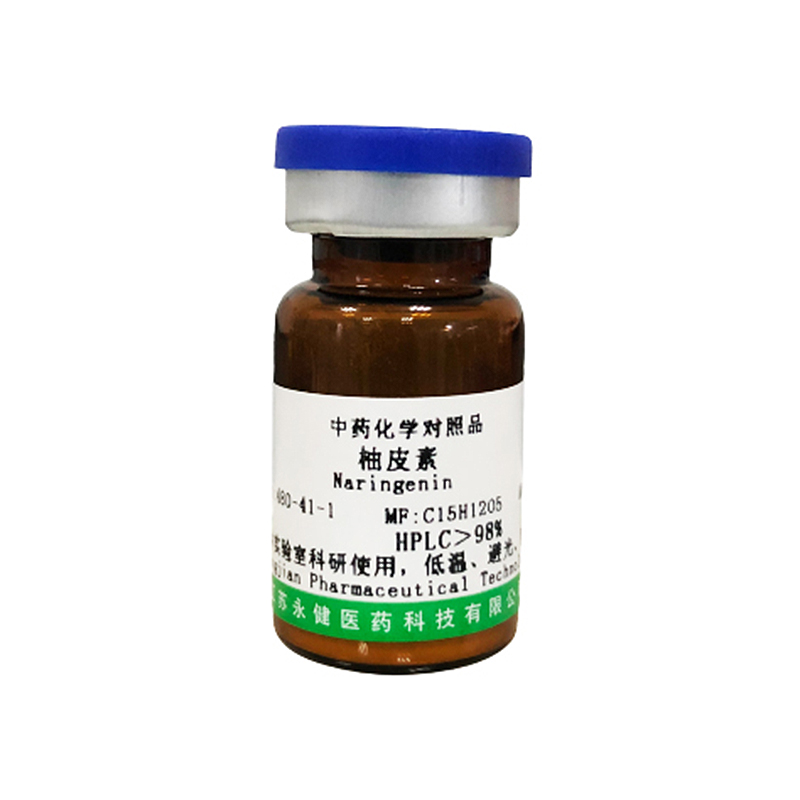
Naringenin Cas No. 480-41-1
Naringenin is a natural organic compound with molecular formula c15h12o5. It is yellow powder, soluble in ethanol, ether and benzene. The seed coat mainly comes from cashew nuts of lacqueraceae. It is used for qualitative and quantitative analysis of traditional Chinese medicine containing naringin [1]. At the 7 carbon position, it forms a glycoside with neohesperidin, which is called naringin. It tastes very bitter. When dihydrochalcone compounds are formed by ring opening and hydrogenation under alkaline conditions, it is a sweetener with a sweetness up to 2000 times that of sucrose. Hesperidin is abundant in orange peel. It forms a glycoside with rutin at the 7 carbon position, which is called hesperidin, and forms a glycoside with rutin at the 7 carbon position β- Neohesperidin is the glycoside of neohesperidin.
-
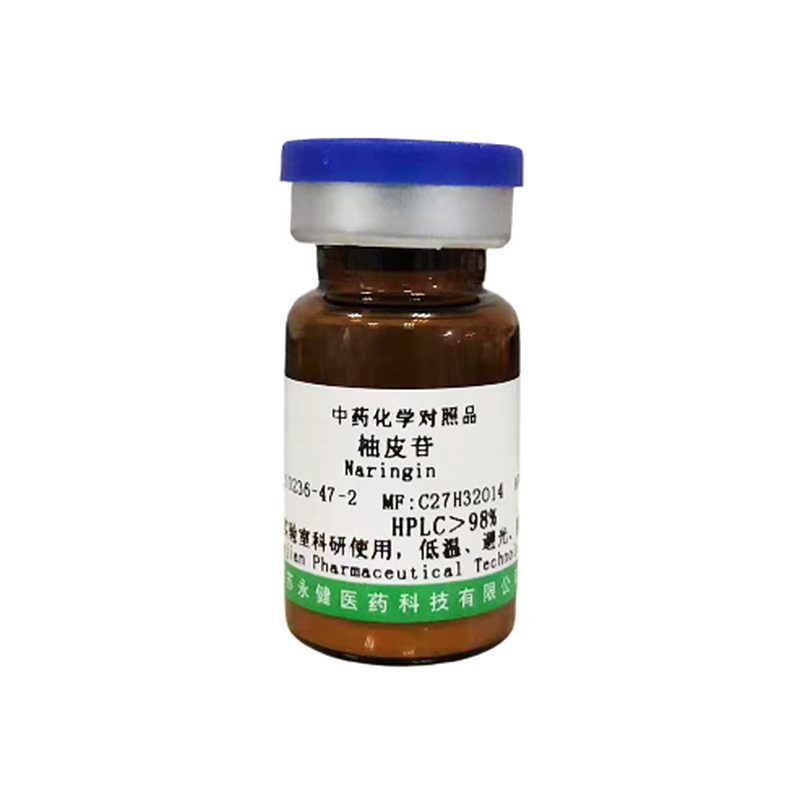
Naringenin-7-O-neohesperidoside; Naringin; Isonaringenin CAS No. 10236-47-2
Naringin generally refers to naringin
Naringin is a complex of glucose, rhamnose and naringin. It is a white to light yellow crystalline powder. Generally, it contains 6 ~ 8 crystal water with a melting point of 83 ℃. Drying to constant weight at 110 ℃ to obtain crystals containing 2 crystal water, with a melting point of 171 ℃. Naringin can be used as an edible additive, mainly for gum sugar, cool drinks, etc.
-
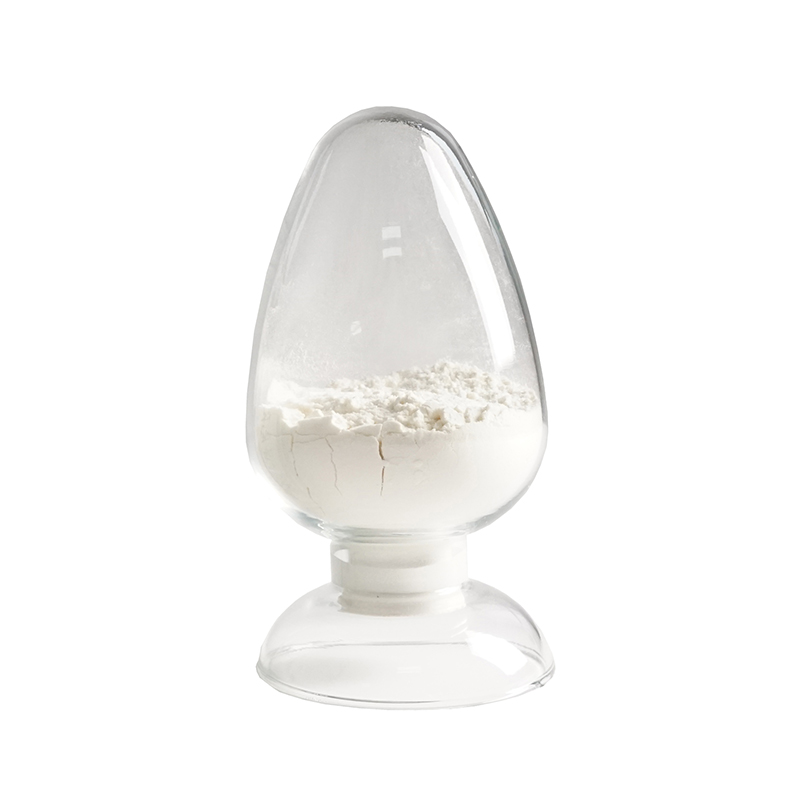
Jujuboside A1 Cas No.194851-84-8
Cas No: 194851-84-8
Jujuboside A1 Usage:
Jujuboside D (Zizyphus Jujuboside A1) is a damatane type saponin, which can be isolated from Zizyphus jujuba seeds.
Jujuboside A1 Biological Activity:
Jujuboside D (Zizyphus Jujuboside A1) isa damane saponin, which can be isolated from the seeds of wild jujube
-
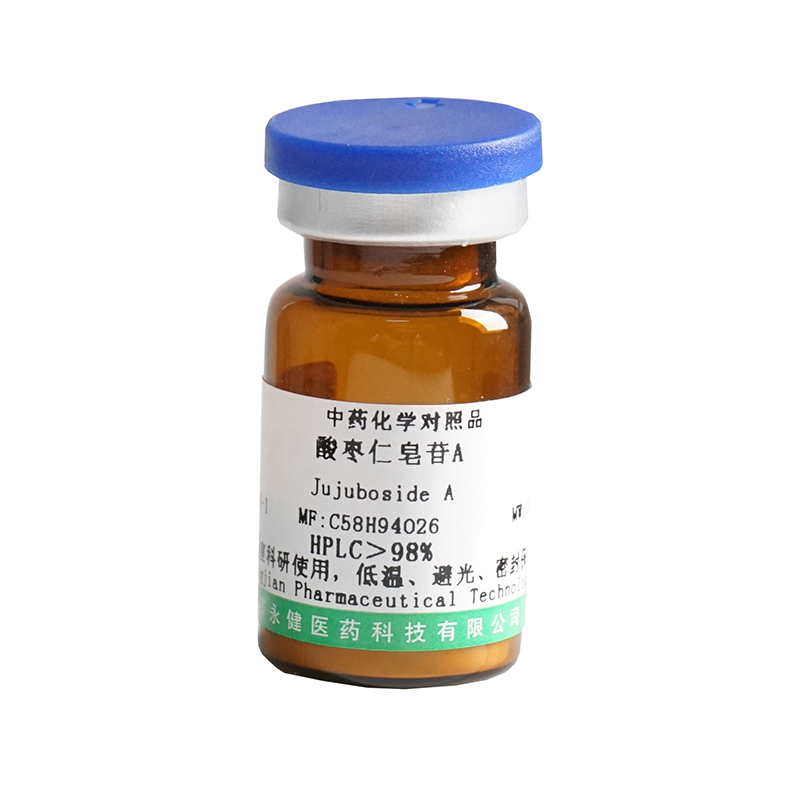
Jujuboside A CAS No. 55466-04-1
Jujuboside A is a chemical substance with the molecular formula C58H94O26.
-
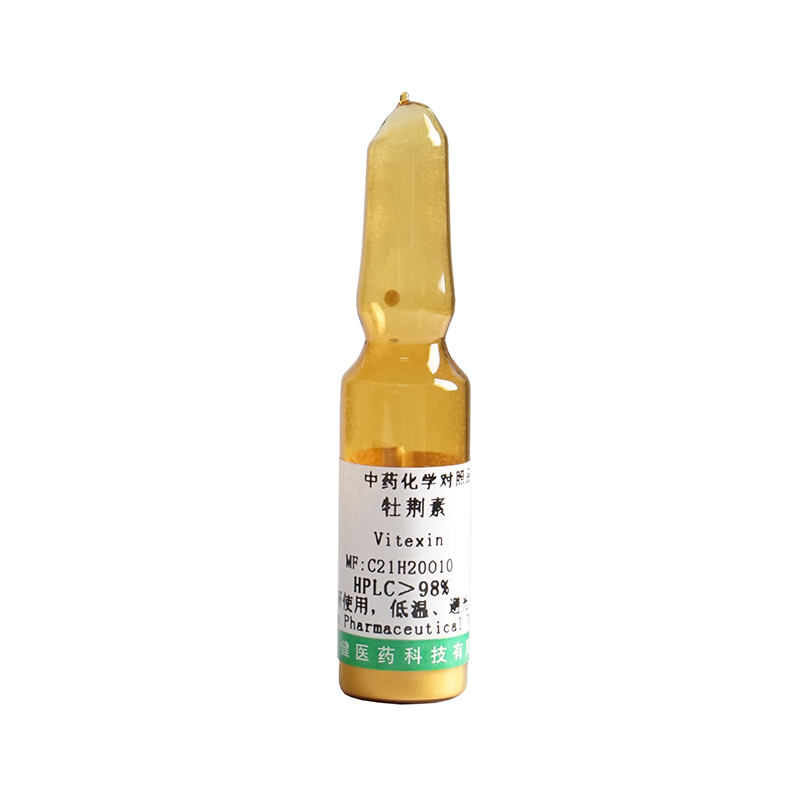
Vitexin; Apigenin8-C-glucoside CAS No. 3681-93-4
Vitexin is a natural flavonoid extracted from Vitex leaves and Vitex seeds. However, because the plant Vitex is still in the wild state, it is common in southern mountainous areas but grows scattered. There are few artificial Vitex, and there are almost no real large-scale cultivation of Vitex. The leaves and seeds of Vitex trifolia collected by conventional Chinese medicinal materials are all collected together with the leaves and seeds of Vitex trifolia, Vitex trifolia and Vitex trifolia. They are not a single species of Vitex trifolia.
-
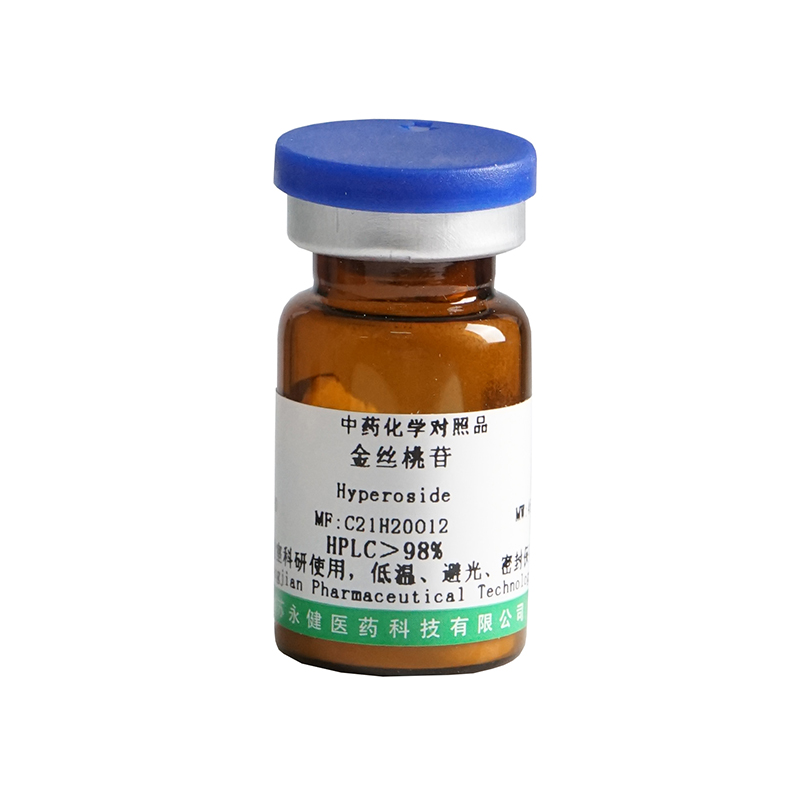
Hyperoside;Hypercin Cas No. 482-36-0
Hypericin, also known as quercetin-3-o- β- D-galactopyranoside. It belongs to flavonol glycosides and is an organic compound with the chemical formula of c21h20o12. It is soluble in ethanol, methanol, acetone and pyridine and stable under normal conditions. The aglycone is quercetin and the sugar group is galactopyranose, which is formed by the O atom at position 3 of quercetin β Glycosidic bonds are linked to sugar groups. Hypericin is widely distributed. It is an important natural product with a variety of physiological activities, such as anti-inflammatory, antispasmodic, diuretic, cough relieving, blood pressure reducing, cholesterol lowering, protein assimilation, local and central analgesia, and protective effects on heart and cerebral vessels.
-
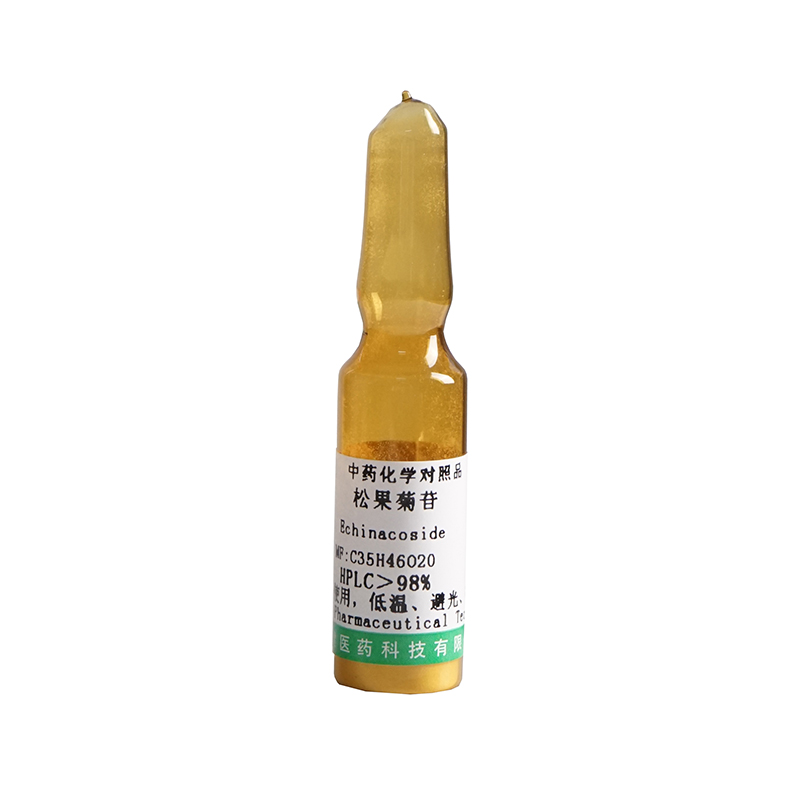
Echinacoside CAS No.82854-37-3
Echinacea: one of the extracts of Cistanche deserticola.
Chemical: white crystalline powder.
Ingredient source: Cistanche deserticola.
-
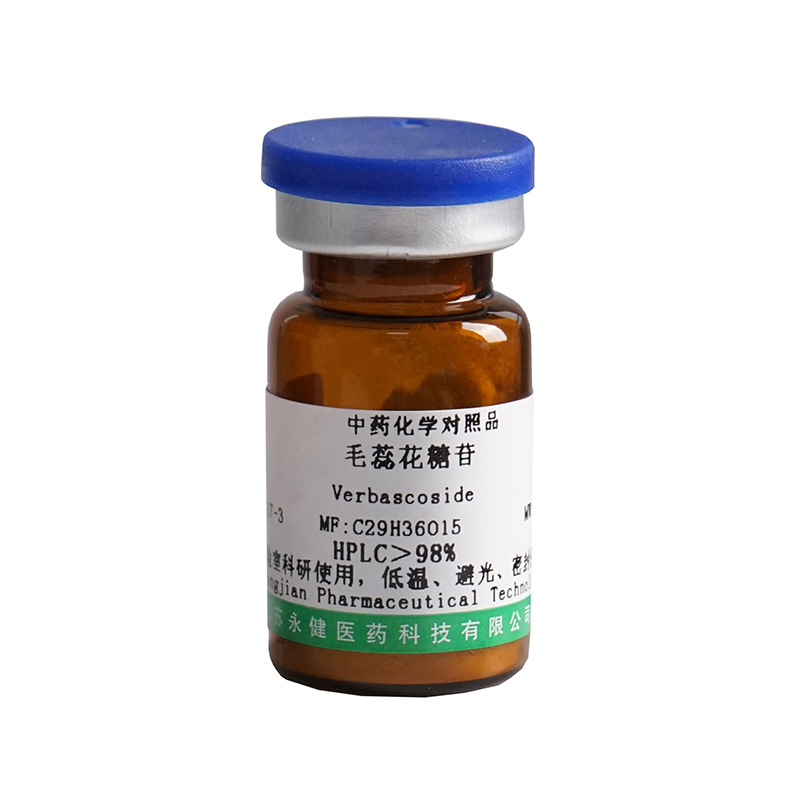
Verbascoside CAS No. 61276-17-3
Verbascoside is a chemical substance with the molecular formula of C29H36O15.
Chinese Name: Verbascoside English name: acteoside; Verbascoside; Kusaginin
Alias: ergosterol and Mullein Molecular Formula: C29H36O15













